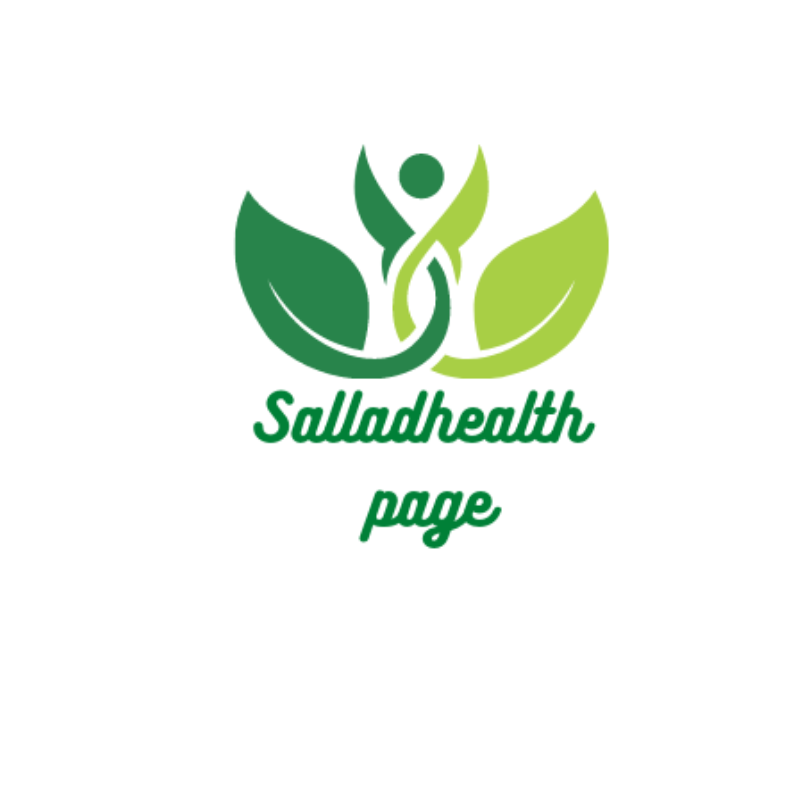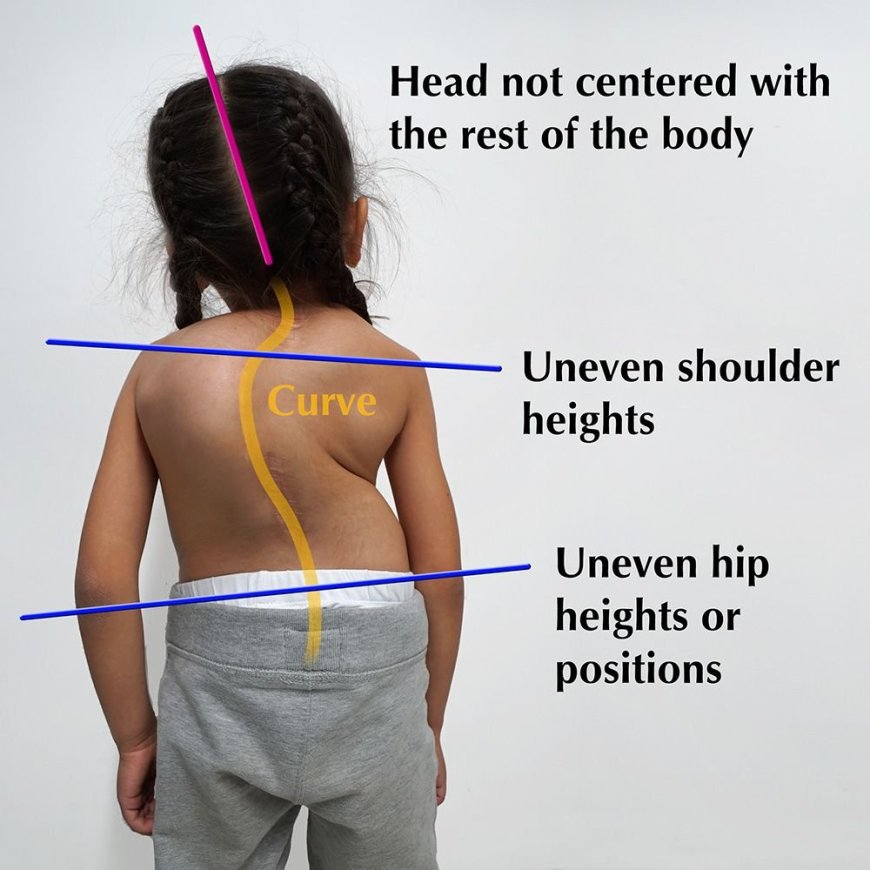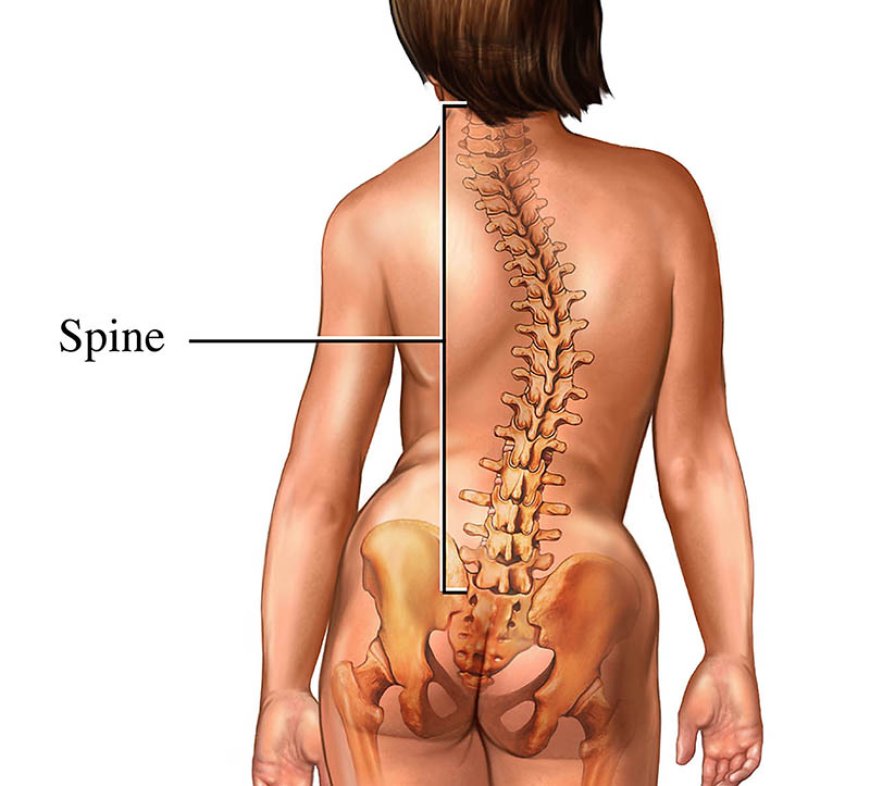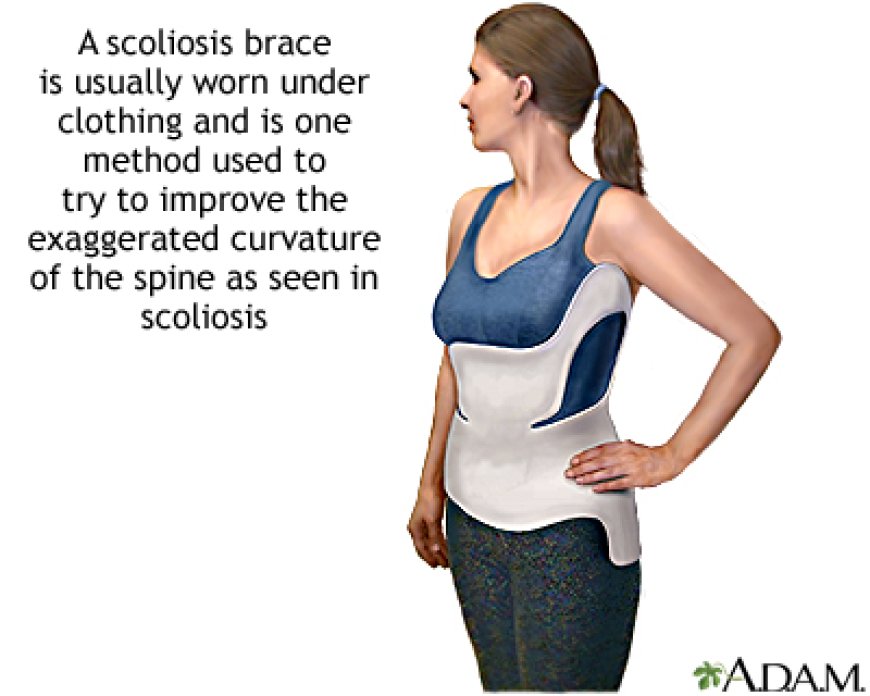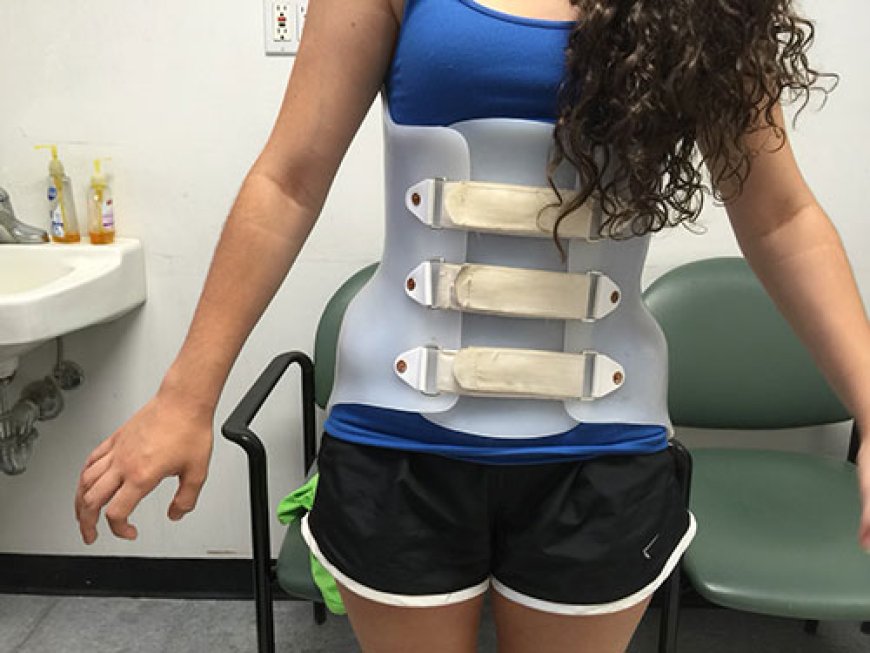Straightening Things Out: How to Treat Scoliosis
Scoliosis can cause pain and discomfort, but there are ways to treat it. In this post, we'll explore different treatment options for scoliosis, from physical therapy to surgery, and help you find the best solution for your needs.
Scoliosis is a medical condition that causes the spine to curve sideways. While the cause of most cases of childhood scoliosis is unknown, some conditions like cerebral palsy and muscular dystrophy can also lead to scoliosis. In this article, we will discuss the symptoms, causes, and treatment options available for people with scoliosis.
Causes
Doctors are not certain about what causes the most common type of scoliosis. However, it appears to involve hereditary factors as the disorder sometimes runs in families. Less common types of scoliosis may be caused by:
1. Idiopathic scoliosis
2. Congenital scoliosis
3. Neuromuscular scoliosis
4. Degenerative scoliosis
5. Traumatic scoliosis
Symptoms
1. Uneven shoulders
2. Uneven waist
3. Uneven rib cage
4. Back pain
5. Fatigue
6. Breathing difficulties
7. Limited mobility
In most cases of scoliosis, the spine rotates or twists, causing the ribs or muscles on one side of the body to stick out more than those on the other side.
When to see a doctor
Go to your doctor if you notice signs of scoliosis in your child. Mild curves can develop without you or your child knowing it because they appear gradually and usually don't cause pain. Occasionally, teachers, friends and sports teammates are the first to notice a child's scoliosis.
Risk Factors
Several factors increase the risk of developing scoliosis, including age, sex, and family history. Signs and symptoms of scoliosis usually begin in adolescence. While both boys and girls develop mild scoliosis at about the same rate, girls have a higher risk of the curve worsening and requiring treatment. Scoliosis can also run in families, but most children with scoliosis don't have a family history of the disease.
Complications
Most people with scoliosis have a mild form of the disorder, but it can cause complications, including:
- Breathing problems. In severe scoliosis, the rib cage may press against the lungs, making it difficult to breathe.
- Back problems. People who had scoliosis as children may be more likely to experience chronic back pain as adults, particularly if their abnormal curves are large and untreated.
- Appearance. As scoliosis worsens, it can cause more noticeable changes, including uneven hips and shoulders, prominent ribs, and a shift of the waist and trunk to the side. Individuals with scoliosis often become self-conscious about their appearance.
Diagnosis
If you suspect that you or your child has scoliosis, you should consult a doctor. During a physical examination, the doctor may have your child stand and then bend forward from the waist, with arms hanging loosely, to see if one side of the rib cage is more prominent than the other. The doctor may also perform a neurological exam to check for muscle weakness, numbness, or abnormal reflexes.
Imaging tests like plain X-rays can confirm the diagnosis of scoliosis and reveal the severity of the spinal curvature. To reduce radiation exposure, doctors might suggest a type of imaging system that uses lower doses of radiation to create a 3D model of the spine. Magnetic resonance imaging (MRI) might also be recommended if the doctor suspects that an underlying condition is causing the scoliosis.
Treatment
The treatment of scoliosis varies depending on the severity of the curve. Children who have very mild curves usually don't need any treatment, although they may need regular checkups to see if the curve is worsening as they grow. Bracing or surgery may be needed if the spinal curve is moderate or severe. Factors
Braces for Scoliosis
For children with moderate scoliosis, a brace may be recommended by a doctor. The brace is made of plastic and contoured to fit the body. Wearing the brace for 13 to 16 hours a day can prevent the curvature from getting worse. The effectiveness of the brace increases with the number of hours worn per day.
Braces are typically worn until there are no further changes in height. For girls, this is around age 14, and for boys, it's around age 16. Braces have few restrictions and allow children to participate in most activities, including sports.
Scoliosis Surgery
Severe scoliosis typically progresses with time, and surgery may be necessary to straighten the curvature and prevent it from getting worse. There are different surgical options available:
Spinal Fusion: Surgeons connect two or more of the bones in the spine (vertebrae) together so they can't move independently. Metal rods, hooks, screws or wires hold that part of the spine straight while the old and new bone material fuses together.
Expanding Rod: Surgeons can attach one or two expandable rods along the spine that can adjust in length as the child grows. The rods are lengthened every 3 to 6 months either with surgery or in the clinic using a remote control.
Vertebral Body Tethering: This procedure can be performed through small incisions. Screws are placed along the outside edge of the abnormal spinal curve, and a strong, flexible cord is threaded through the screws. When the cord is tightened, the spine straightens. As the child grows, the spine may straighten even more.
Complications of spinal surgery may include bleeding, infection, or nerve damage. It's essential to discuss the risks and benefits of each surgical option with your doctor.
Lifestyle and Home Remedies
There are no specific activities that cause or correct scoliosis. People with scoliosis have no restrictions regarding lifting or activities. General exercise or participating in sports may have the benefit of improving overall health and well-being.
Alternative Medicine
Studies indicate that the following treatments for scoliosis don't help correct the curvature:
Chiropractic Manipulation Soft Braces Electrical Stimulation of Muscles Dietary Supplements
Coping and Support
Coping with scoliosis can be challenging for children and teens. Adolescents are already facing physical changes and emotional and social challenges. With the added diagnosis of scoliosis, they may feel anger, insecurity, and fear.
A supportive peer group can have a significant impact on a child's or teen's acceptance of scoliosis, bracing, or surgical treatment. Encourage your child to talk to his or her friends and ask for their support. Consider joining a support group for parents and kids with scoliosis. Support group members can provide advice, relay real-life experiences, and help you connect with others facing similar challenges.
Conclusion
Scoliosis treatment options depend on the severity of the curvature. Braces may be recommended for moderate scoliosis, while surgery may be necessary for severe cases. It's essential to discuss treatment options with your doctor and consider coping strategies and support groups for children and teens diagnosed with scoliosis.
What's Your Reaction?




























